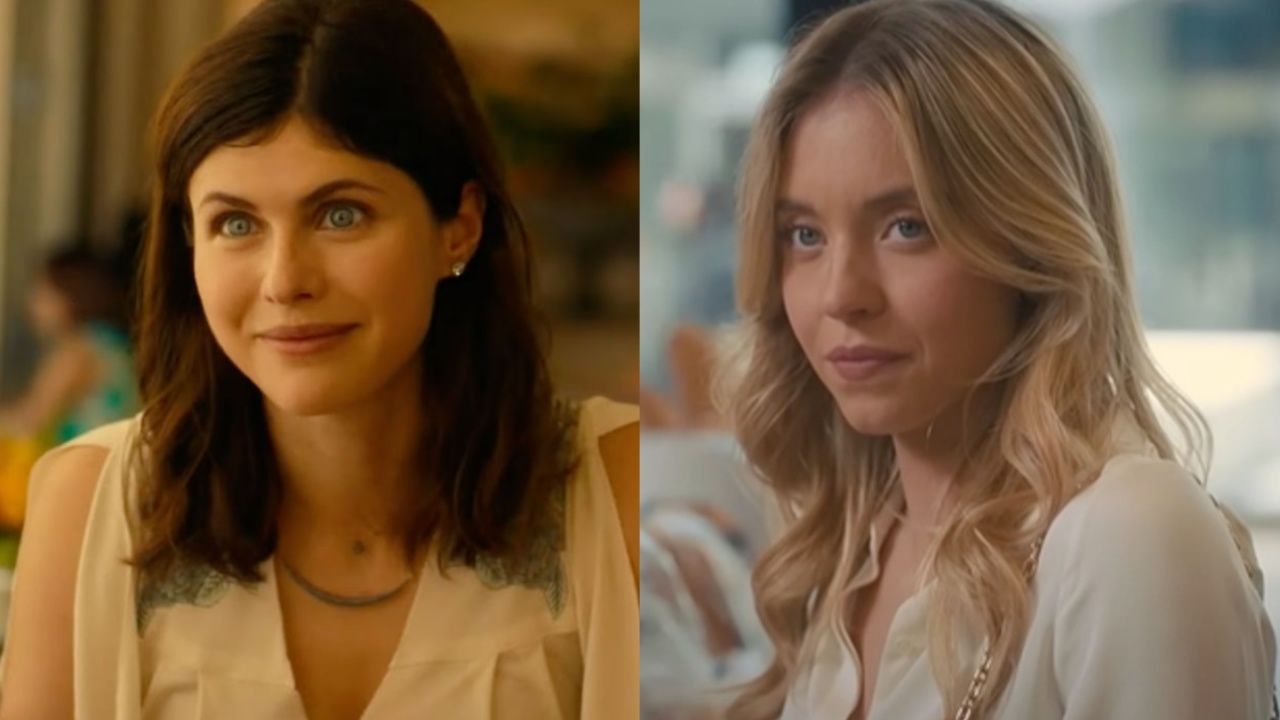Since the early days of cinema, Charlie Chaplin and Alfred Hitchcock used metaphorical imagery to express deeper meanings. Stanley Kubrick later refined that technique to another level, but are there filmmakers today who still use that kind of visual language? The classic Jurassic Park franchise – with the first two films directed and all three produced by Steven Spielberg – has been a success and a milestone in the sci-fi genre since its debut in the ’90s. Now, with a new installment on the way promising a return to the franchise’s roots, the dinosaur saga remains one of the most iconic to this day.
Because of that, over time, fans have developed various theories about Jurassic Park – especially those who pay close attention and believe that certain details carry hidden meanings.Jurassic Park is a franchise that encourages reflection on science, human nature, and society – but it never seemed particularly concerned with embedding metaphors into its camera work or visual framing. Still, many believe that a small, seemingly ordinary moment in the first film actually ties closely to one of the story’s central themes: “life finds a way.

” Have you heard of the seatbelt theory?Jurassic Park‘s Seatbelt Theory Explaineduniversal picturesThe idea gained traction thanks to a scene near the beginning of the movie. While flying to Nublar Island, Dr. Alan Grant (Sam Neill) tries to fasten his seatbelt but ends up with two “female” ends that don’t connect.
To secure himself, he improvises and ties the straps together. On the surface, it doesn’t seem like a big deal. But there’s a noticeable close-up on the seatbelts – not just Grant’s, but those of the other characters in the helicopter.
What could’ve been a quick shot is given nearly 30 seconds of attention, making it feel like something happening beneath the surface.As a result, fans interpreted the moment as a metaphor for what unfolds later: although all the dinosaurs were genetically engineered to be female, they manage to reproduce due to the inclusion of frog DNA, from species that can change sex in single-gender environments. Just like Grant makes the “female” buckles work, the dinosaurs “find a way” by going beyond what the scientists believed was possible.
It’s a clever theory – but according to Neill, it wasn’t meant to carry that kind of depth. He confirmed as much in an interview with Gizmodo.[RELATED: Jurassic Park Fans Are Still Confused by This Line Over 30 Years Later]“I don’t think it had any great metaphorical sense.
No, I don’t think it was meant that way. It was just about Alan Grant hates technology. He hates computers.
He hates anything to do with the modern world and the seatbelt, which you’d think it’d be relatively straightforward,” he explained. “But I’ve been on helicopters going, ‘Where the hell is the other bit of this?’ That’s interesting. This is the sort of thing that happens on the Internet.
‘There’s two female parts.’ That’s hilarious.” Spielberg is undoubtedly one of cinema’s most brilliant and creative directors, but perhaps he simply used the moment to do what he does best: visual storytelling.
universal picturesThe point of that scene? To show that Alan Grant resents technology, plain and simple. He struggles with something as basic as a seatbelt, which sets up how he’ll later react when Jurassic Park’s systems start breaking down. Perhaps it’s just a straightforward and effective way to build character.
Of course, it’s possible to stretch the interpretation and draw a parallel between the two “female” ends and the dinosaur reproduction. But most likely, Spielberg just wanted to show a man out of his element – and maybe get a smile out of the audience before the chaos begins. He’s never been the type to hide cryptic symbols on screen for viewers to decode later.
His style leans more toward “E.T. the Extra-Terrestrial and a bucket of popcorn” than “2001: A Space Odyssey and a mysterious monolith.
”Even if the theory is clever and well thought out, the goal of Jurassic Park was always to make the audience feel something – to entertain, to move, to thrill. On the other hand, the second trilogy, Jurassic World, took a slightly different path. When it comes to framing, the movies often show the dinosaurs in the background or alongside human-made structures, which makes them feel less awe-inspiring than they did in the original, for example.
Why? Perhaps it’s the attempt to “tame” nature, turning it into a product, which is exactly what the movie’s trying to comment on. With Jurassic World: Rebirth nearing its release, maybe this time, fans could come up with theories that were actually meant to be there. Who knows?Jurassic Park is available to stream on Hulu.
The post This Is Still the Best Jurassic Park Fan Theory (Even Though It’s Been Debunked) appeared first on ComicBook.com..
Entertainment

This Is Still the Best Jurassic Park Fan Theory (Even Though It’s Been Debunked)

Since the early days of cinema, Charlie Chaplin and Alfred Hitchcock used metaphorical imagery to express deeper meanings. Stanley Kubrick later refined that technique to another level, but are there filmmakers today who still use that kind of visual language? The classic Jurassic Park franchise – with the first two films directed and all three [...]The post This Is Still the Best Jurassic Park Fan Theory (Even Though It’s Been Debunked) appeared first on ComicBook.com.















